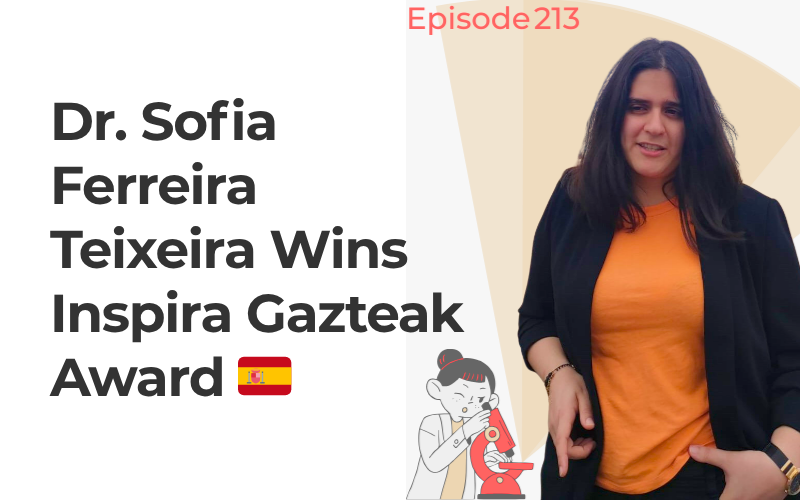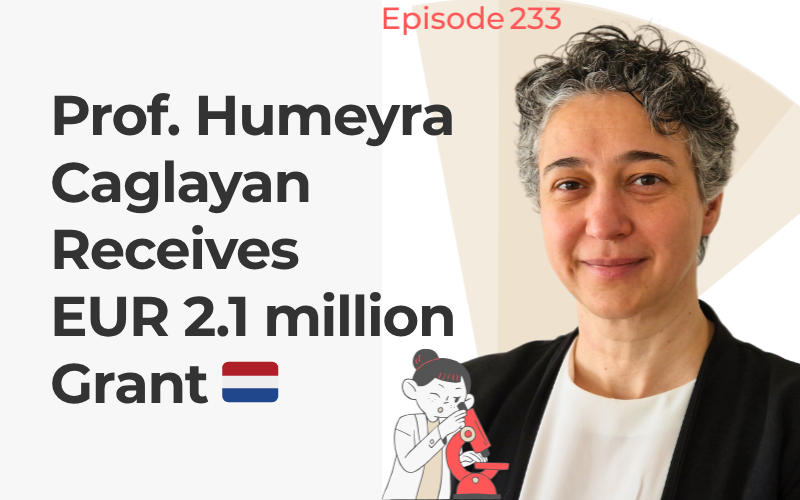Podcasting has exploded in popularity over the last few years—and for good reason. For researchers, innovators, and professionals in science and technology, podcasts offer a powerful way to build a personal brand, communicate cutting-edge research, and engage with a global audience. But here’s the reality: most podcasts don’t make it past 10 episodes.
Whether you’re a scientist, entrepreneur, or communicator in deep tech, high-tech, or innovation sectors, these insights will help you launch and sustain a successful podcast.
Note: When I say “science podcast,” I’m using it broadly. This includes podcasts focused on innovation, emerging technologies, scientific applications, and any audio content with a research or technical component.
1. Treating a Podcast Like a Casual Chat
🎙️ Many assume that starting a science podcast is as simple as hitting “record” and having a conversation.
🚫 Mistake: Skipping structure and preparation. This leads to long-winded, unfocused conversations that lose the listener’s interest.
✅ Solution: Treat your podcast like a professional audio production. Plan your episodes, define a clear structure, highlight 2–3 key takeaways per episode, and edit out filler content. This ensures an engaging experience for your listeners—especially in science communication, where clarity is key.
2. Underestimating the Work Beyond Recording
Too often, podcasters overlook everything that happens before and after pressing record.
🚫 Mistake: Thinking podcasting is just about speaking into a microphone.
✅ Solution: Understand the full podcast production pipeline:
- Pre-production: Researching topics, coordinating with guests, writing scripts or outlines.
- Production: Recording interviews, collecting visual assets (logos, headshots, etc.).
- Post-production: Editing audio, crafting SEO-optimized descriptions, creating visuals for promotion.
- Distribution & Promotion: Uploading the episode, publishing it across platforms, and actively promoting it on LinkedIn, Twitter, email newsletters, and beyond.
Science podcasts need structure and consistency—especially if your audience includes academics, professionals, or funding agencies.
3. Ignoring the Promotion Plan
Even celebrities like Trevor Noah invest time and resources in promoting their podcast episodes.
🚫 Mistake: Assuming that high-quality content will magically attract an audience without a clear marketing strategy.
✅ Solution: Build a multichannel promotion strategy for every episode:
- Share snippets on social media
- Publish highlights on your website or blog
- Send emails to your network or subscribers
- Repurpose content into carousels, reels, or quotes
Your podcast is a product—treat its visibility and growth as a strategic priority.
Final Thoughts: Launching a Science Podcast That Lasts
Starting a podcast is easy. Sustaining one that’s high-quality, consistent, and impactful? That’s where the challenge lies.
If you want to start a science or innovation podcast that actually makes it past episode 10—and grows with your career or organization—avoid these common pitfalls and treat your podcast like a strategic communication project.
👋 About Me
I’m Dr. Pranoti Kshirsagar🎙 —science communicator, podcast producer, and founder of The Science Talk. With a background in materials science and over 200 episodes of Under the Microscope podcast produced, I specialize in helping scientists and innovation-driven teams transform complex research into content that truly connects. 🚀 Whether you’re ready to launch a podcast or want to integrate it into your communication strategy, let’s make it happen. Book a discovery call👇




